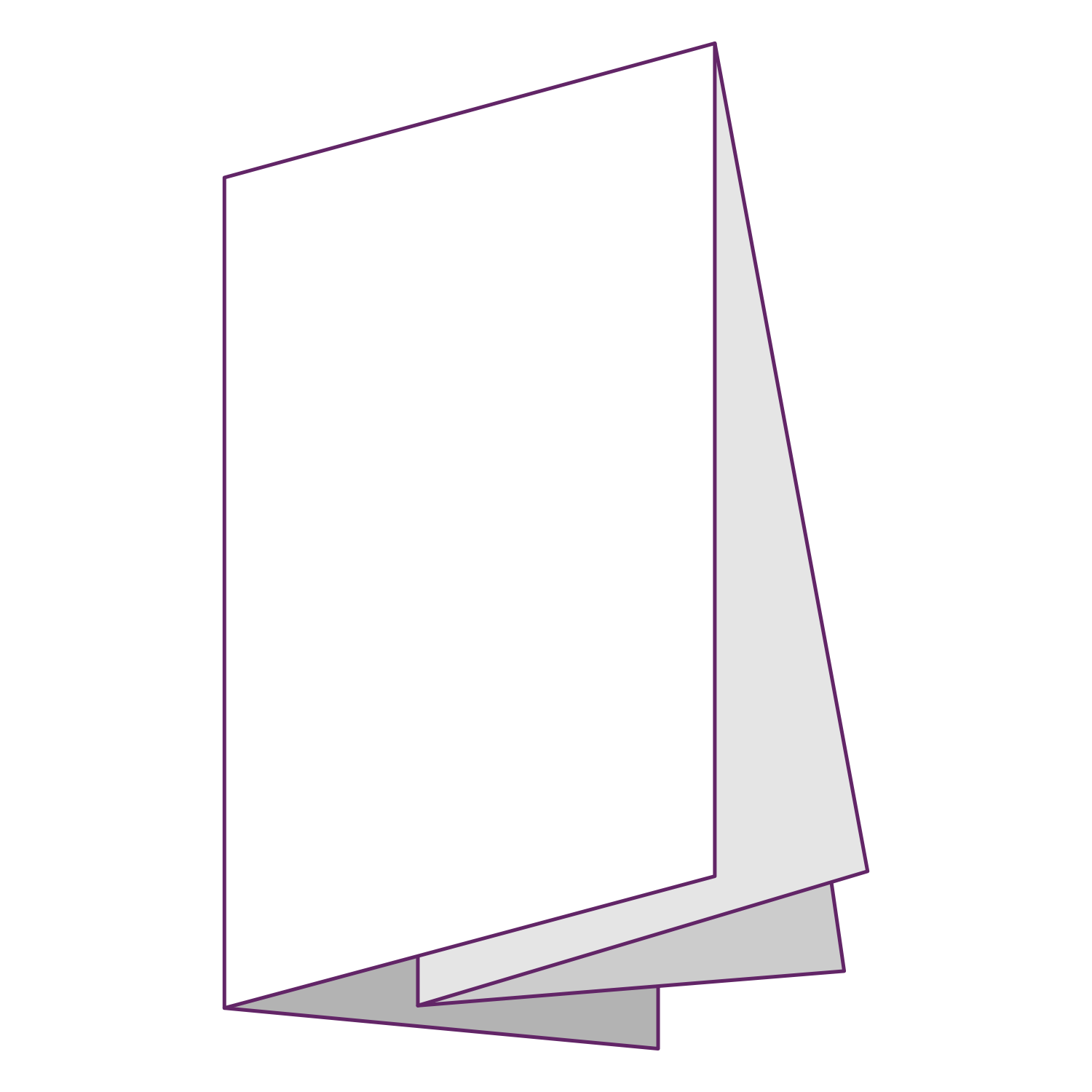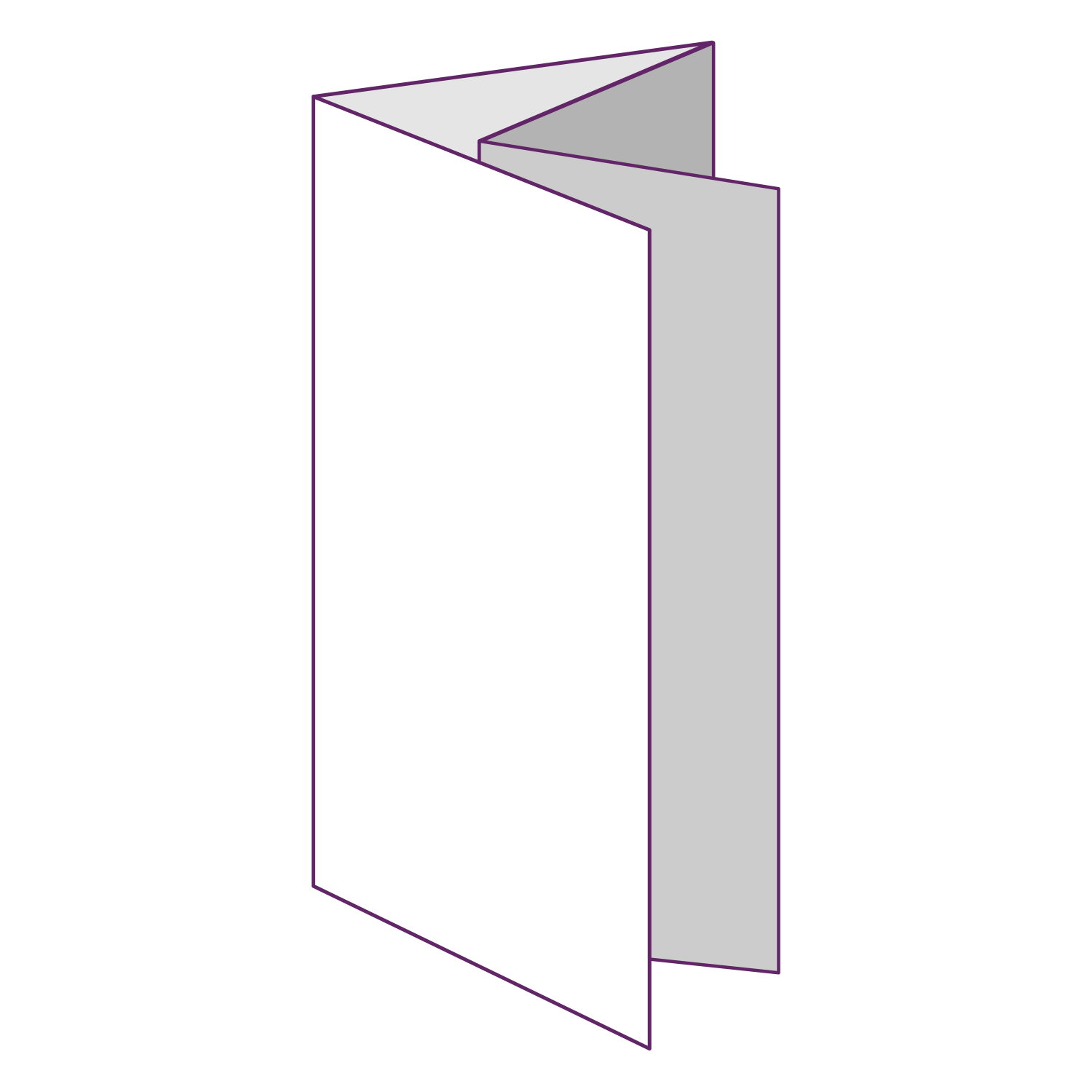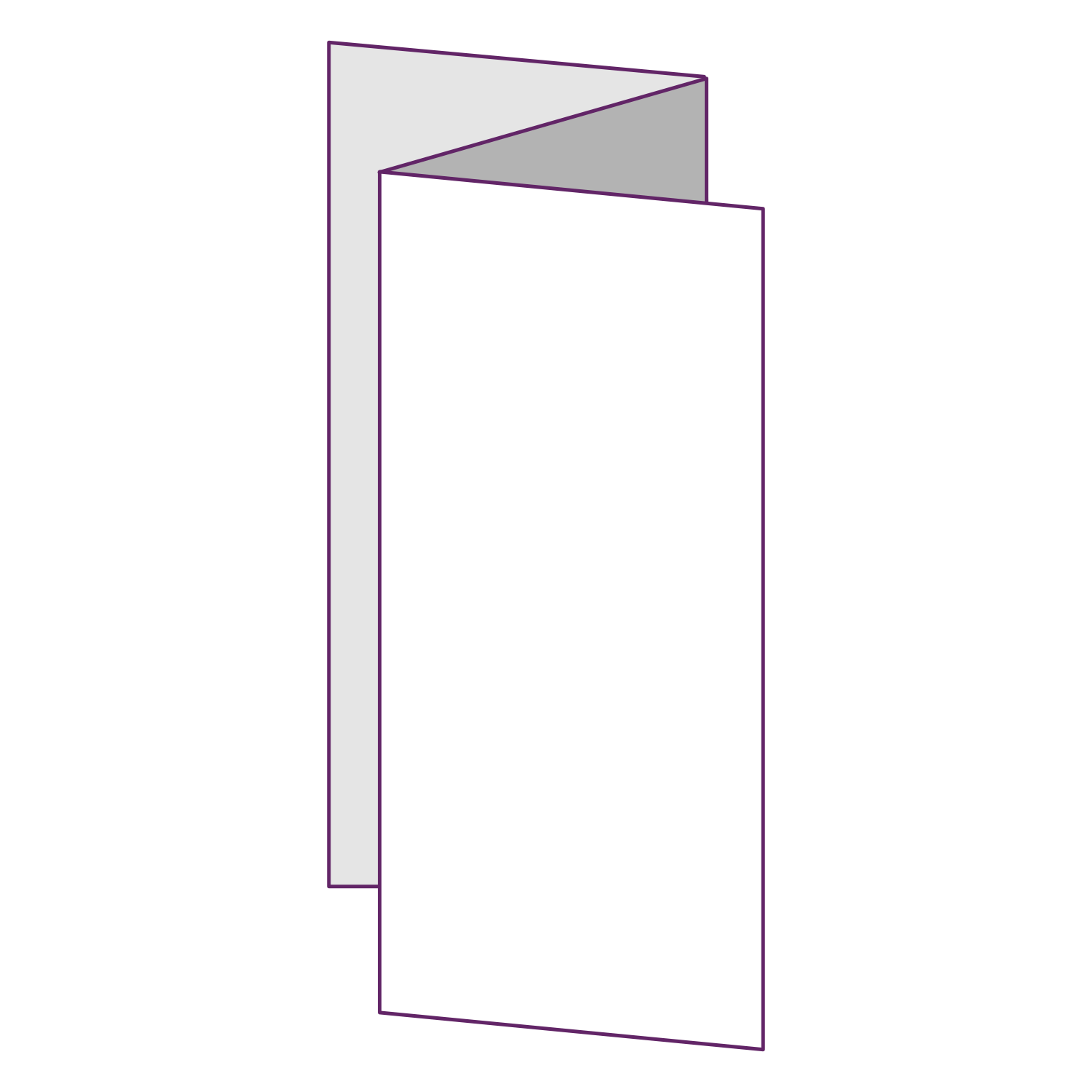Z-fold or gatefold, do you know the difference?
You’ve ordered a new batch of leaflets to advertise your business but then your print company asks you how you would like them folded.
How did you know there were so many choices? Things like a simple central fold, z-fold or gatefold to more complex and creative folds.
The ‘fold’ refers to the area on a printed piece where the paper is folded. It is usually used for leaflets or cards, which, depending on the volume of the print run is usually automated by machine as opposed to being carried out by hand.
There is a vast selection of folded leaflets available such as in gloss, silk or uncoated materials in a range of weights from 100gsm to 170gsm (that’s grams per square metre). If you go for a thicker 170gsm it is likely to be creased and folded to protect the ink and provide a smooth fold.
If you are looking for a thicker paper or board – anything from 300gsm to 400gsm, that’s also possible but it may well be supplied flat, ready for you to fold yourself.
Let’s take a look at the most popular folding options including z-fold or gatefold.
Cross fold.
The cross fold (also known as the right angle or the French fold) is folded at a right angle. The sheet is first folded horizontally, then vertically. This creates two creases in the form of a cross making it 8-sided with 4 pages on the inside and outside.
Double parallel fold.
The double parallel fold is a fold that is folded in half and then in half again, creating eight panels (four on either side) with three-fold creases.
Gate fold.
The gatefold uses two parallel folds to create six panels – three panels on each side of the paper. The left and right panels are half the width of the centre panels and fold inward to meet in the middle without overlapping.
Roll fold.
The roll fold is where each page folds in on itself to produce a trifold leaflet such as a one-third A4 or a DL. An A4 sheet is folded into three sections, and the right-hand page is folded inwards and then folded in again. As each page has to be progressively smaller than the previous, it needs accurate setting up of the artwork. Depending on the thickness of the paper it is possible to have a half fold which is then roll folded.
Single fold.
The single fold is the simplest type of fold, where the sheet is folded once in the middle. If you were to take an A4 sheet and fold it in half you would end up with an A5 folded leaflet. For this reason, it is often called a 4pp A5.
Z-fold.
The z-fold also known as a zig-zag or z-fold, looks like an accordion, especially when it has more than 6 pages. Each page will be the same size and the leaflet will open out to form one long document, allowing information to run from one page to the next.






